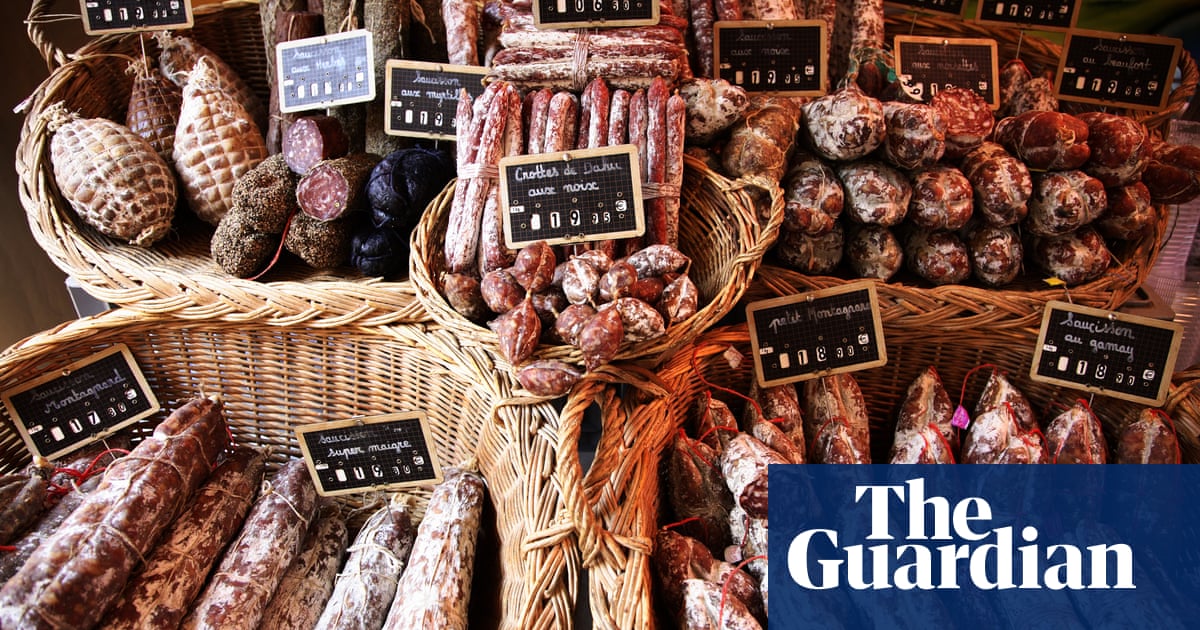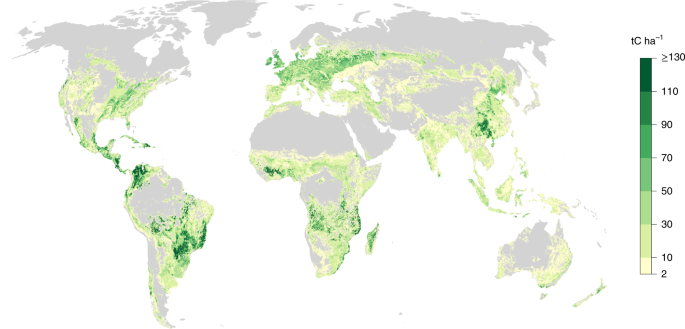Meat, monopolies, mega farms: how the US food system fuels climate crisis
We eat way too much meat and it’s destroying the environment. The average American eats about 57lb of beef in a year, nearly twice the average of other high-income countries. When you talk about the environmental problems with the US food system, meat – particularly beef – absolutely dominates the discussion, said Marion Nestle, former chair of NYU’s department of nutrition and food studies. “There are cattle grown in every state, so the meat industry is entrenched in the country. Beef has been the iconic American food for a long time. Nobody wants to give it up.” But beef is a climate disaster. It takes an enormous amount of land to raise cattle – land that would sequester more carbon as grass that doesn’t get grazed and forests that are not felled for pasture.
It also takes an enormous amount of food to feed cattle. About 55% of the grain grown in the US goes to fattening cows (and other animals). And as the ruminants chew, they burp out methane, a powerful planet-warming greenhouse gas. Meanwhile, animal waste and fertilizer runoff pollute rivers and poison drinking water supplies. Eating less meat – primarily beef but pork and chicken, too – would free pasture and cropland, eliminate the suffering of billions of animals and improve human health by restoring clean water and reducing Americans’ calorie and saturated fat intake. Yet it’s an excruciatingly hard sell.
We eat way too much meat and it’s destroying the environment. The average American eats about 57lb of beef in a year, nearly twice the average of other high-income countries. When you talk about the environmental problems with the US food system, meat – particularly beef – absolutely dominates the discussion, said Marion Nestle, former chair of NYU’s department of nutrition and food studies. “There are cattle grown in every state, so the meat industry is entrenched in the country. Beef has been the iconic American food for a long time. Nobody wants to give it up.” But beef is a climate disaster. It takes an enormous amount of land to raise cattle – land that would sequester more carbon as grass that doesn’t get grazed and forests that are not felled for pasture.
It also takes an enormous amount of food to feed cattle. About 55% of the grain grown in the US goes to fattening cows (and other animals). And as the ruminants chew, they burp out methane, a powerful planet-warming greenhouse gas. Meanwhile, animal waste and fertilizer runoff pollute rivers and poison drinking water supplies. Eating less meat – primarily beef but pork and chicken, too – would free pasture and cropland, eliminate the suffering of billions of animals and improve human health by restoring clean water and reducing Americans’ calorie and saturated fat intake. Yet it’s an excruciatingly hard sell.








